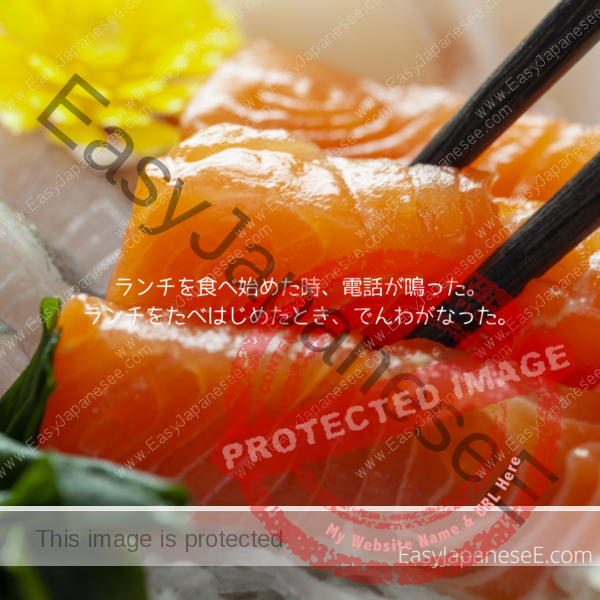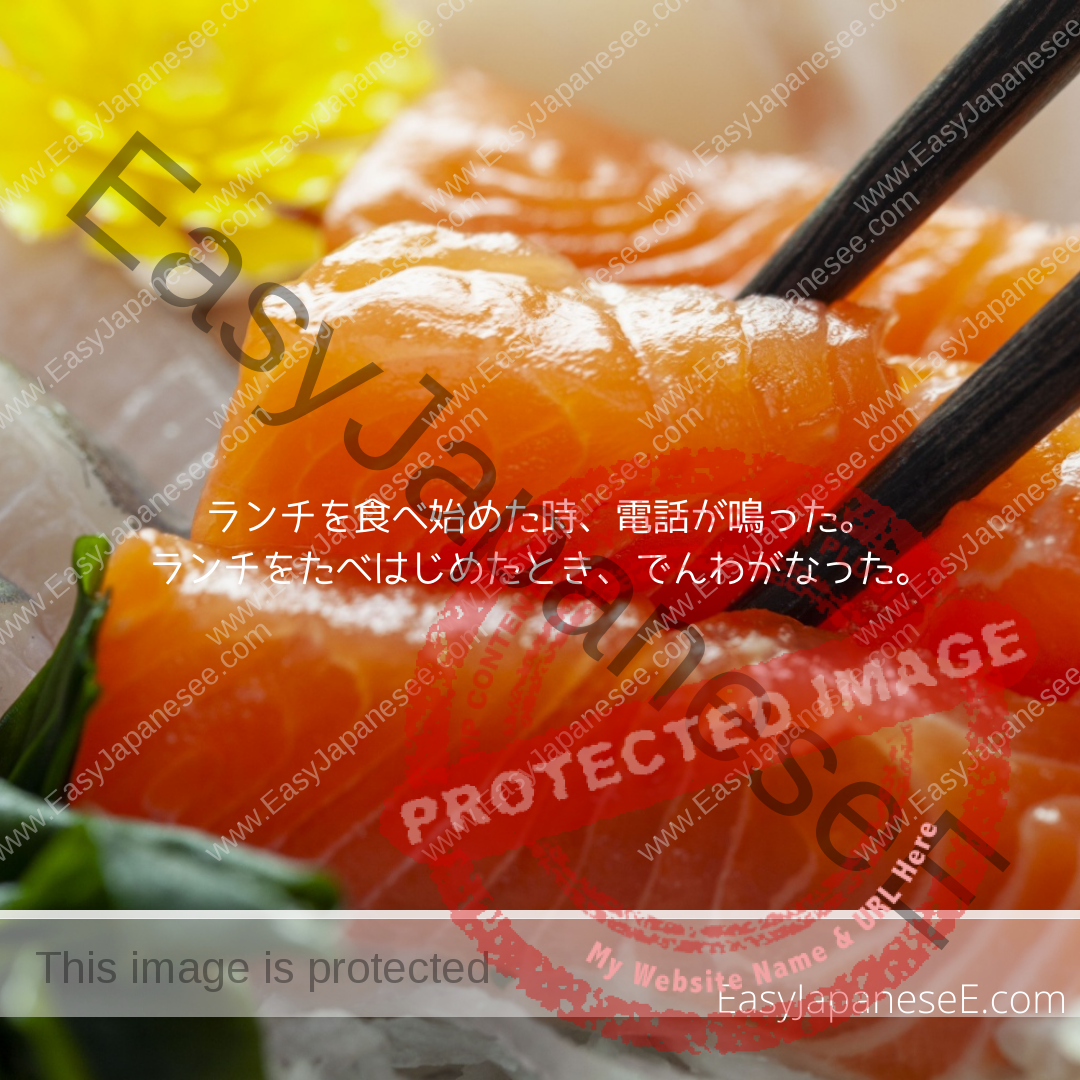
Today’s Grammar Point: ~はじめる
始める is a transitive verb that means “to start/begin something” but it can be used after a verb stem to mean “to start to do ~.” It is similar to ~出す but while ~出す is used for a sudden start of an action (of somebody/something else) that doesn’t have much to do with the speaker’s intention, ~始める is used for a start of an ongoing or intentional action. 始める’s intransitive counterpart, 始まる, does not have this usage (i.e. it cannot follow a verb stem).
Connection
- [verb stem] + 始める
Examples of ~始める:
去年フランス語を勉強し始めた。
I started to study French last year.小説を書き始めました。
I started to write a novel.If you use 出した in above examples instead of 始めた, it sounds like you have already quit studying French or writing a novel.
ようやく飛行機が飛び始めた。
Aeroplanes have finally started to fly.If you say ようやく飛行機が飛び出した, that sounds like you are anticipating flights will stop again soon.
今朝この本を読み始めて、さっき読み終えました。
I started to read this book this morning, and I have just finish reading it.As you continued to read the book till the end, you cannot swap 始めた with 出した.
ランチを食べ始めた時、電話が鳴った。
When I started to eat lunch, the phone rang.久しぶりに車を運転し始めると、幸せな気持ちに包まれた。
When I started driving the car for the first time in a long time, I felt happy.As “eating” and “driving” are planned action, not the result of a sudden urge, 始める sounds more appropriate than 出す.
Please visit my JLPT N3 Grammar page for more JLPT N3 grammar item.
If you liked this article, please share it with your friends using the social media buttons below. Also, your clicks on ads on this page help covering the cost of running this website. Your support will be much appreciated.

